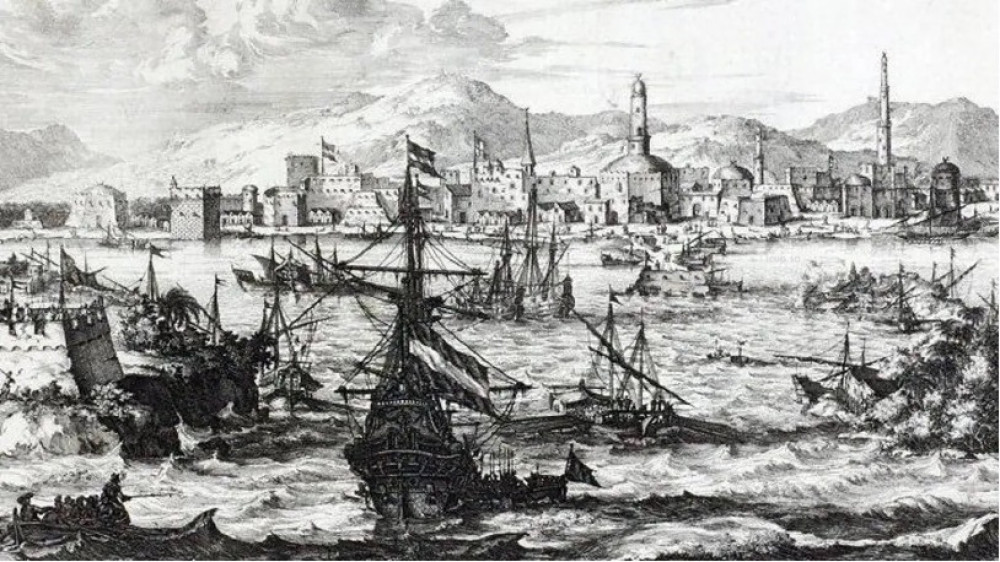It is believed that coffee was first discovered in Ethiopia, where it is said that the Ethiopian Kaldi observed the effect of coffee beans on sheep. These seeds are roasted and boiled to produce a beverage with an exotic but attractive flavour.
Legend has it that it all began in the green lands of Ethiopia, where it is said that Kaldi or “Khaldi” was the first to accidentally discover coffee. When Kaldi noticed that his sheep became livelier after eating some strange pills, he decided to try it for himself. But the raw kernels were too bitter, so he cooked them in water. The result? A wonderful fragrant drink capable of giving alertness and vitality.
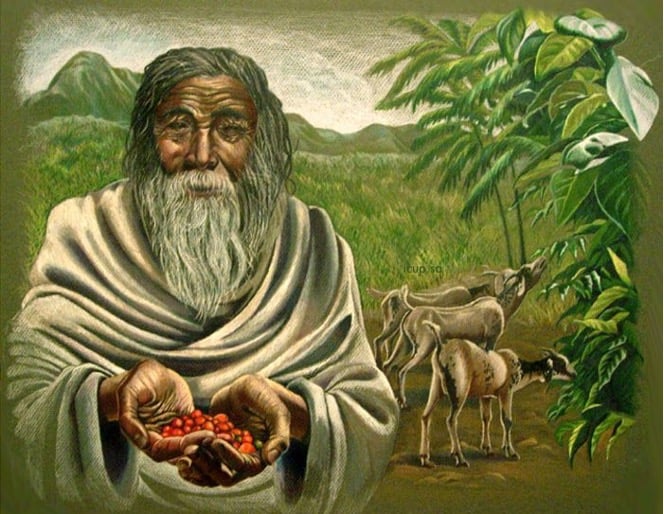
But the story did not end there. Kaldi's vision for this strange drink was not limited to just a source of energy, but rather he saw in it something bigger, perhaps a new way to meditate, to inspire ideas and exchange dialogues. Thus, without knowing it, Kaldi laid the foundation for a coffee culture that would later develop and spread to become global.
The tiny beans that Kaldi discovered have expressed themselves in multiple languages. From the exquisite Arabica known for its body and flavour, to the rich Italian espresso, to the luxurious latte, each type offers a historical and cultural story that is part of this wondrous journey.
As time passed, new developments began to appear in the world of coffee. Specialty coffee has embraced concepts such as sustainability and fair trade, and is focusing on quality and flavour, not just quantity. In this context, specialty coffee comes to us as a product of this long journey, expressing love and care, art and science, history and future.
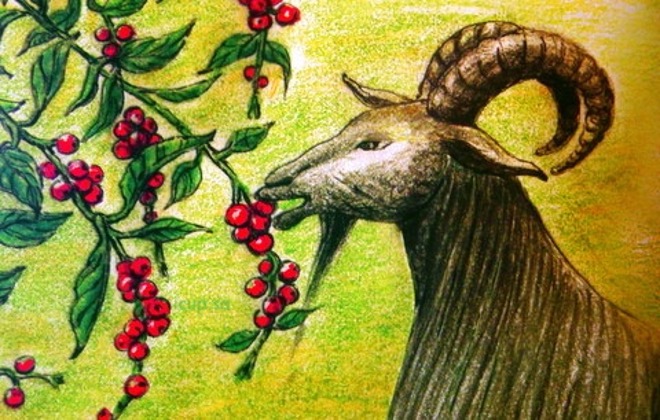
It was also said that Kaldi was a skilled shepherd, and he loved spending his time in the forest with his herd of goats.
one day,
Kaldi noticed that his goats were acting strangely. The goats were standing awake all the time
Night, as if she had a lot of energy. Kaldi decided to follow the goat to see what it was doing.
Follow
The goat came to a small tree, where it was eating red fruits. Kaldi tasted some
He ate the fruits himself, and soon felt refreshed and energized.
Kaldi realized that these fruits were a source of energy, and took some of them back to his village. Tell your family
His village hunted for the fruits, and the coffee tree soon became popular throughout Ethiopia.
Other accounts confirmed that it was also in Ethiopia, but it is not known exactly how, but we know that it was there, in the middle of the dense forests, growing with a natural luster. After that, coffee traveled on a journey across centuries and seas, passing through the Arab world, where it developed and matured, earning itself a high position in daily and cultural life.
But the matter did not stop there. Coffee has transcended seas and oceans, infiltrating hearts and minds. In Europe, it became the focus of coffee houses that were the stronghold of philosophers, writers and artists. In the Americas, it has turned into a great industry, providing energy for younger generations.
From here, the desire to search for quality and excellence began, promoting specialty coffee to become a modern concept that extends throughout the world. It is no longer just a drink that produces a feeling of comfort and warmth, but rather has become a representative of art, culture and diligence. It is an expression of mastery in everything, from seed selection and roasting, to the art of preparation and presentation.
In this context, we present to you this blog, to take you on an amazing journey to discover everything that coffee can be, far from traditional ideas and stereotypes. Repent.
Of course, the story of the discovery of coffee has several versions and historical details. Some versions of this story talk about how coffee was transported from Ethiopia to the Arab world through Nubia, or through Arab traders who realized the value of these beans. In Yemen, they were said to drink coffee to help them stay alert during long prayers.
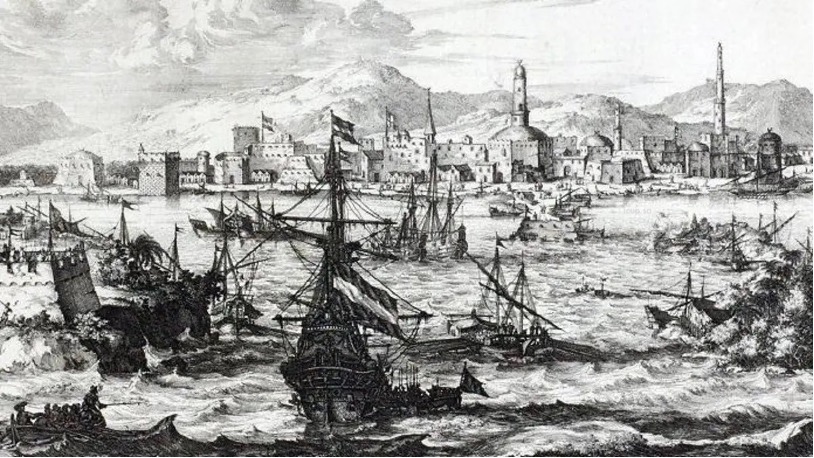
In the fifteenth century, Arab traders transported coffee to the Arabian Peninsula . Coffee quickly became popular in the Arabian Peninsula, and people began making the coffee drink .
Coffee moved to Turkey and in the 16th century, coffee reached Europe, and quickly became a popular drink there. Coffee became part of European culture, with the first coffee shops opening in Venice in 1645, and later in Paris and London. Coffee shops are popping up all over Europe today.
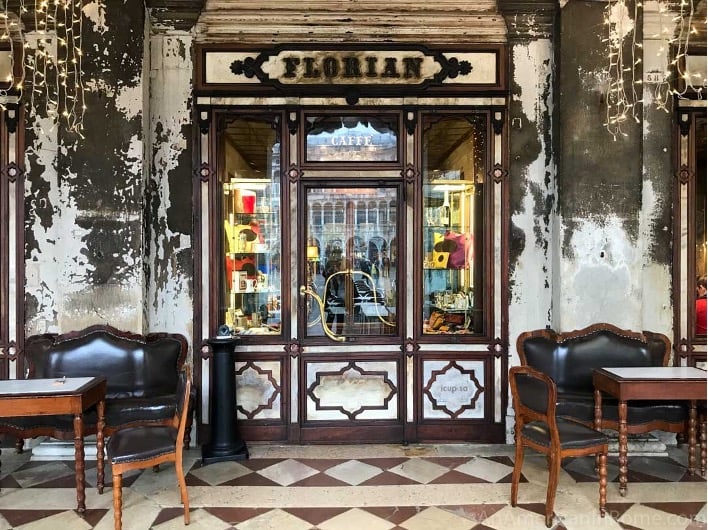
A picture of the first café in the Italian city of Venice
The Dutch also played a major role in transporting coffee bushes across oceans to India and the island of Java in Indonesia, creating the basis for a world-class coffee industry.
More details come with the Industrial Revolution, as new techniques for roasting and grinding coffee emerged and became available to a wider category of people. In the 20th century, with the advent of improved preparation methods and advanced technologies, specialty coffee became an integral part of modern culture.

